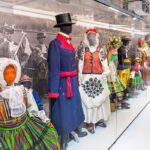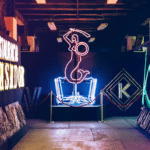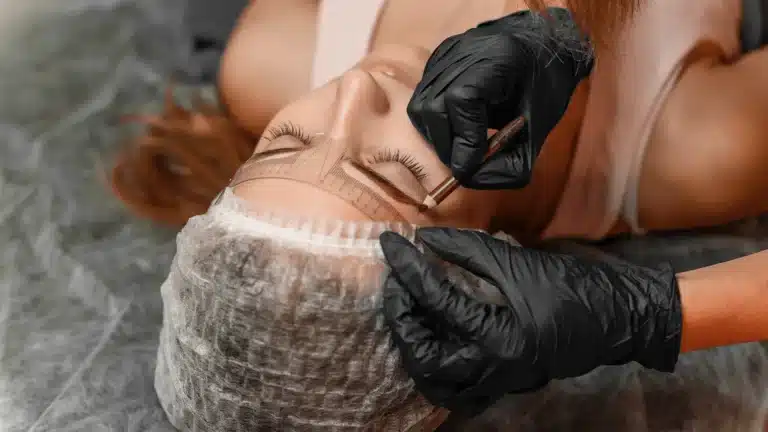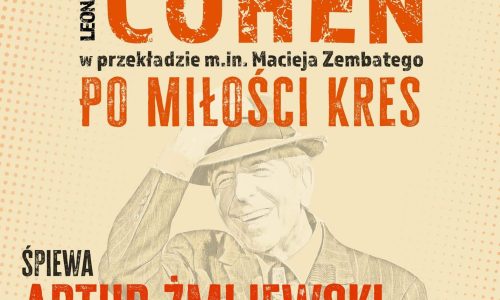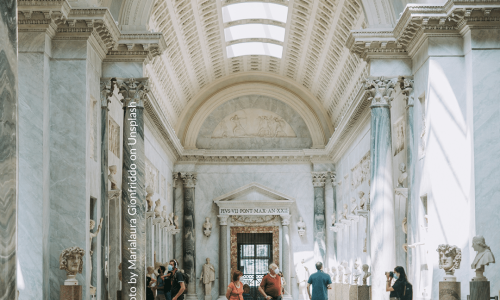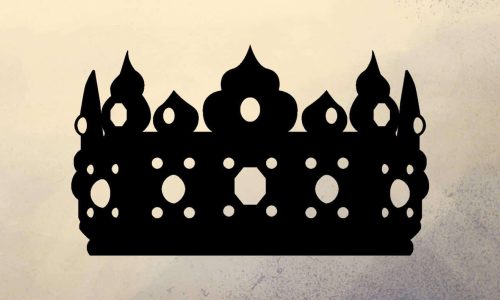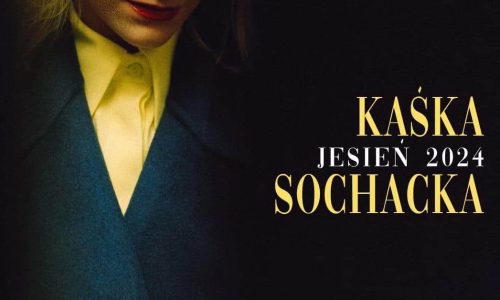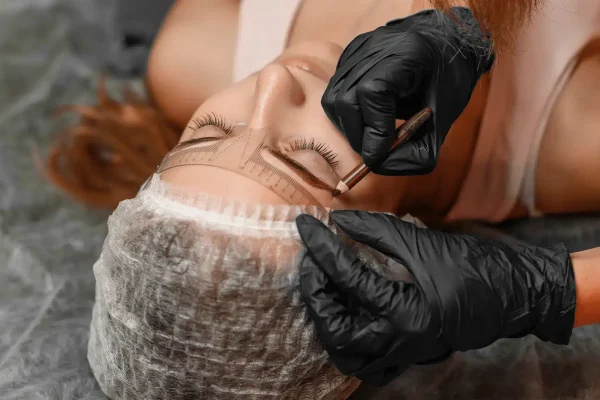The exhibition focuses on two types of pencak silat martial arts that are practised in the Minangkabau region (West Sumatra): ulu ambek and silat galombang.
Pauleh in the language of the Minangkabau people means connector, link or place. It is also a woven, bamboo mat that acts, as a stage for ambek hive shows. The ambek hive performers almost never touch each other. They demonstrate attack and defence techniques from a distance. It is a sophisticated art that also involves ritual greetings between spectators and combatants.
The second type of pencak fighting, silat is silat galombang, performed to honour guests at various celebrations. Two groups of martial artists appear, one representing the host and the other the guest. They attack and avoid each other, keeping their distance, and when they approach each other, they are stopped by a person carrying a vessel containing sirih, the traditional substance of hospitality.
The pencak silat is a symbol of minangkabau culture, in which the main values are social relations and fraternity. In 2019, it was inscribed on UNESCO's list of the Intangible Cultural Heritage of Humanity.
Edy Utama was born in Lubuk Sikaping, West Sumatra, in 1959. He studied cinematography at the Jakarta Institute of Art (LPKJ-IKJ, 1979-1981). He is a populariser of minangkabau culture, writer, performing arts artist, festival curator and photographer. He has been awarded for his work by the Governor of West Sumatra, the Mayor of Padang, the Pancasila Ideology Development Agency, among others. His photographs have been exhibited in Indonesia, Germany, Japan and Hawaii.

















